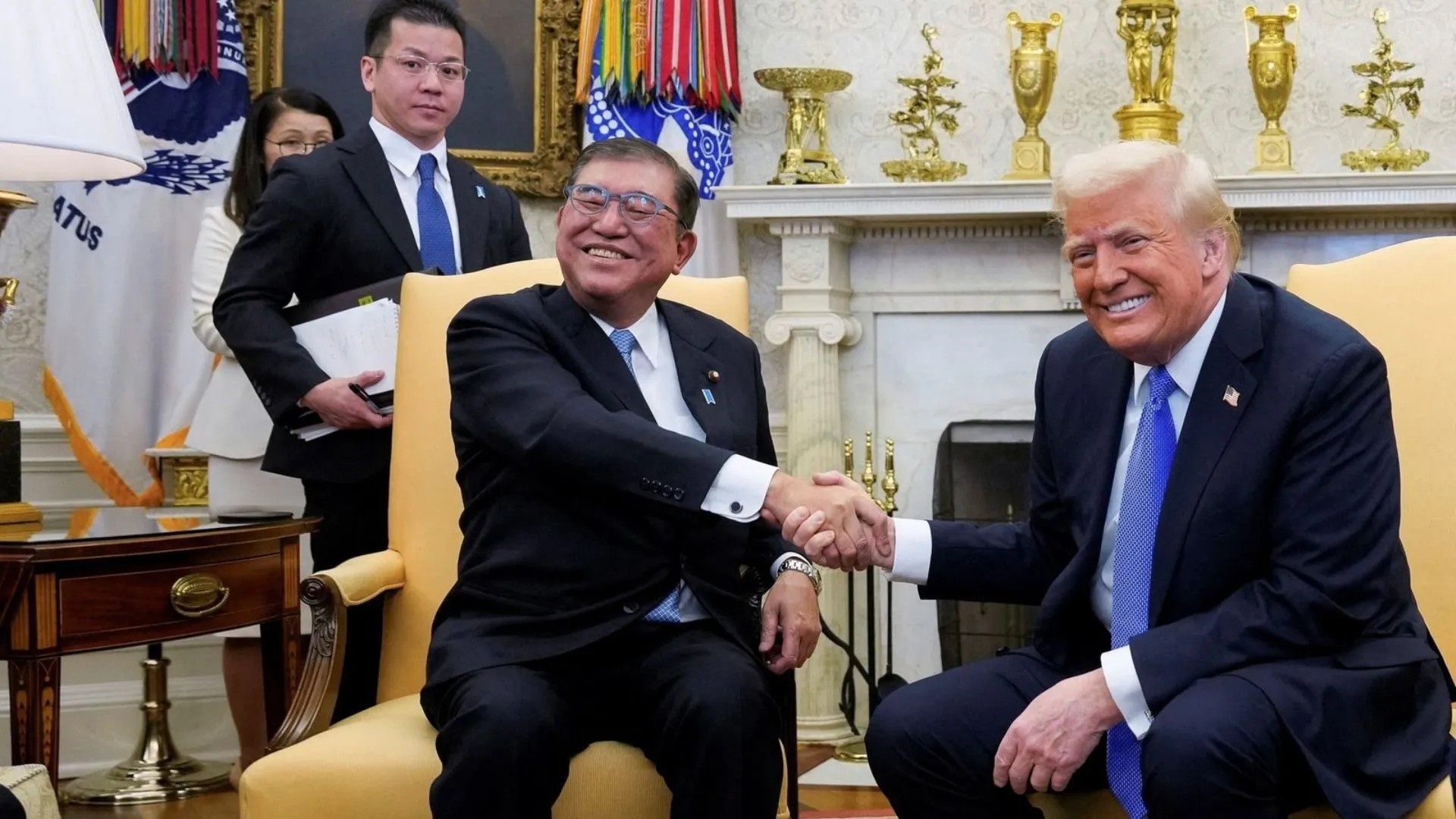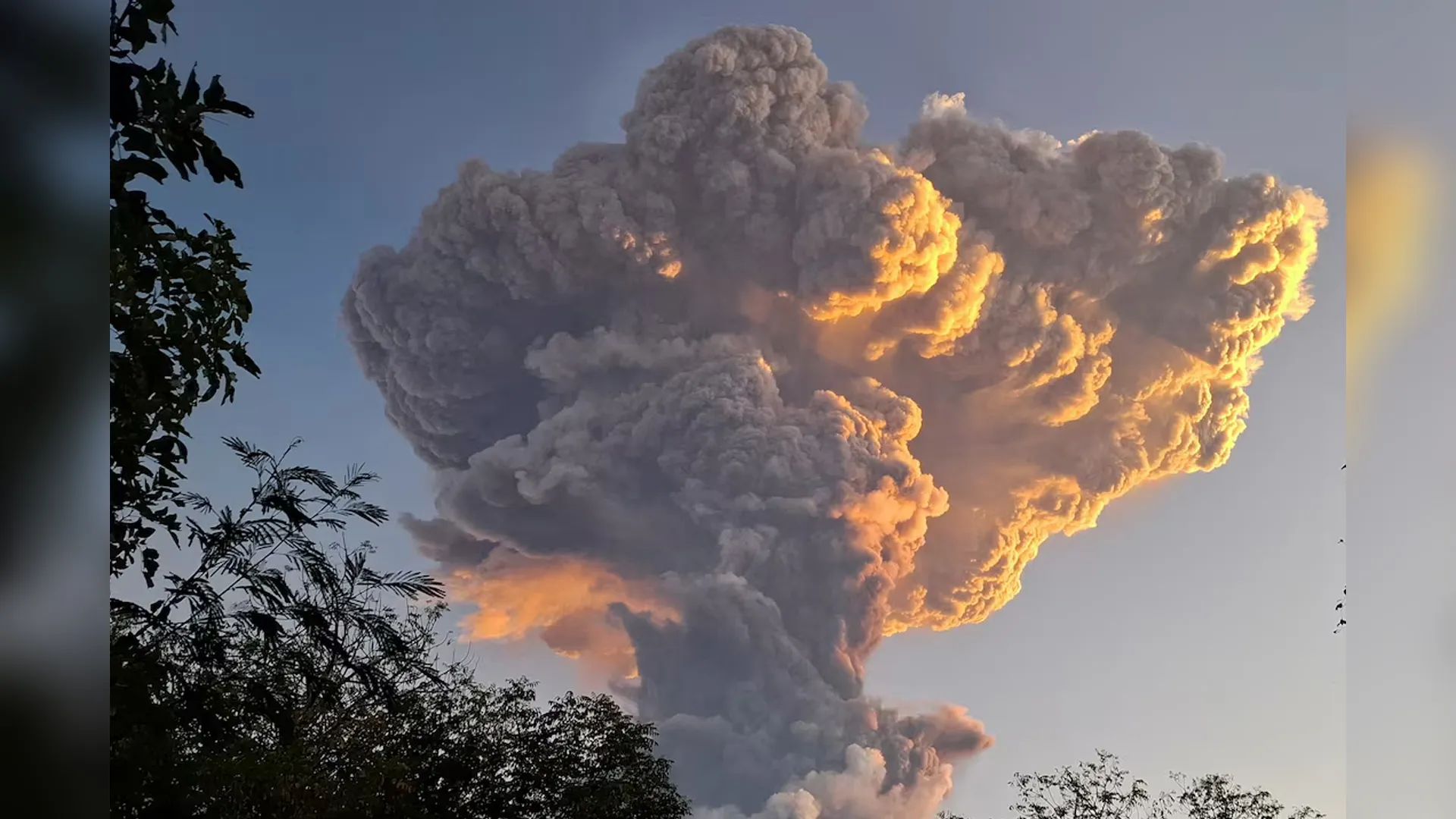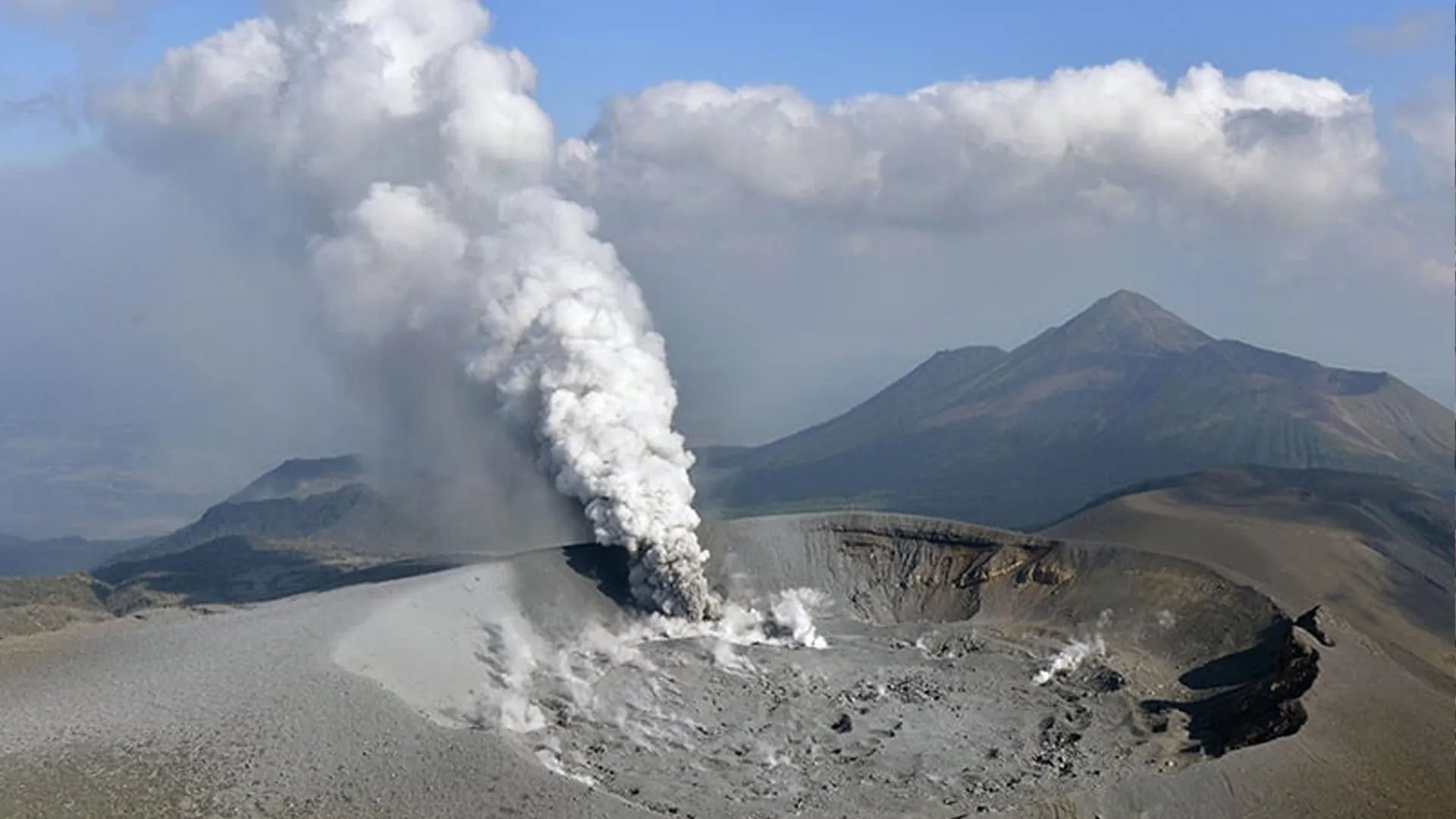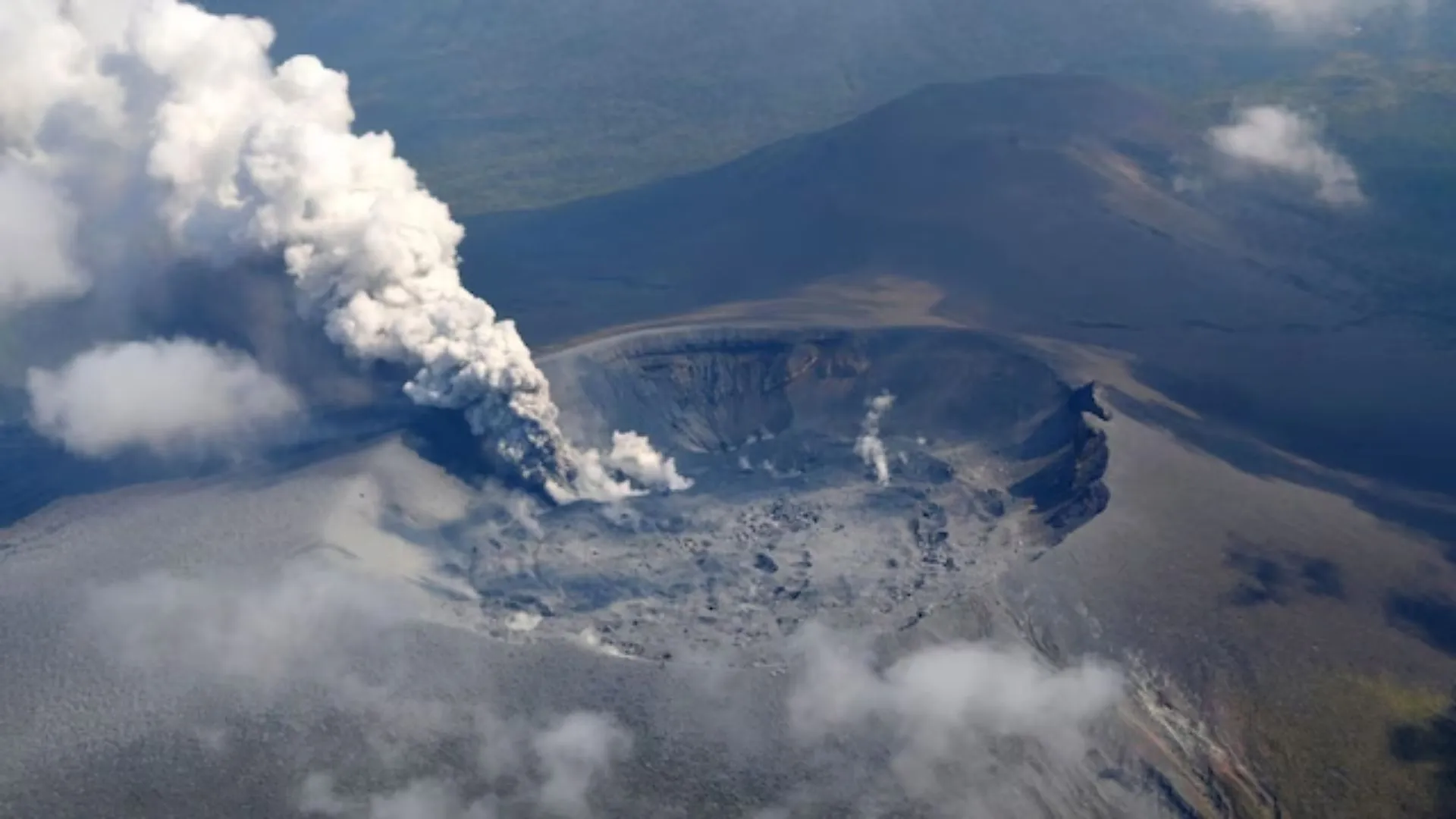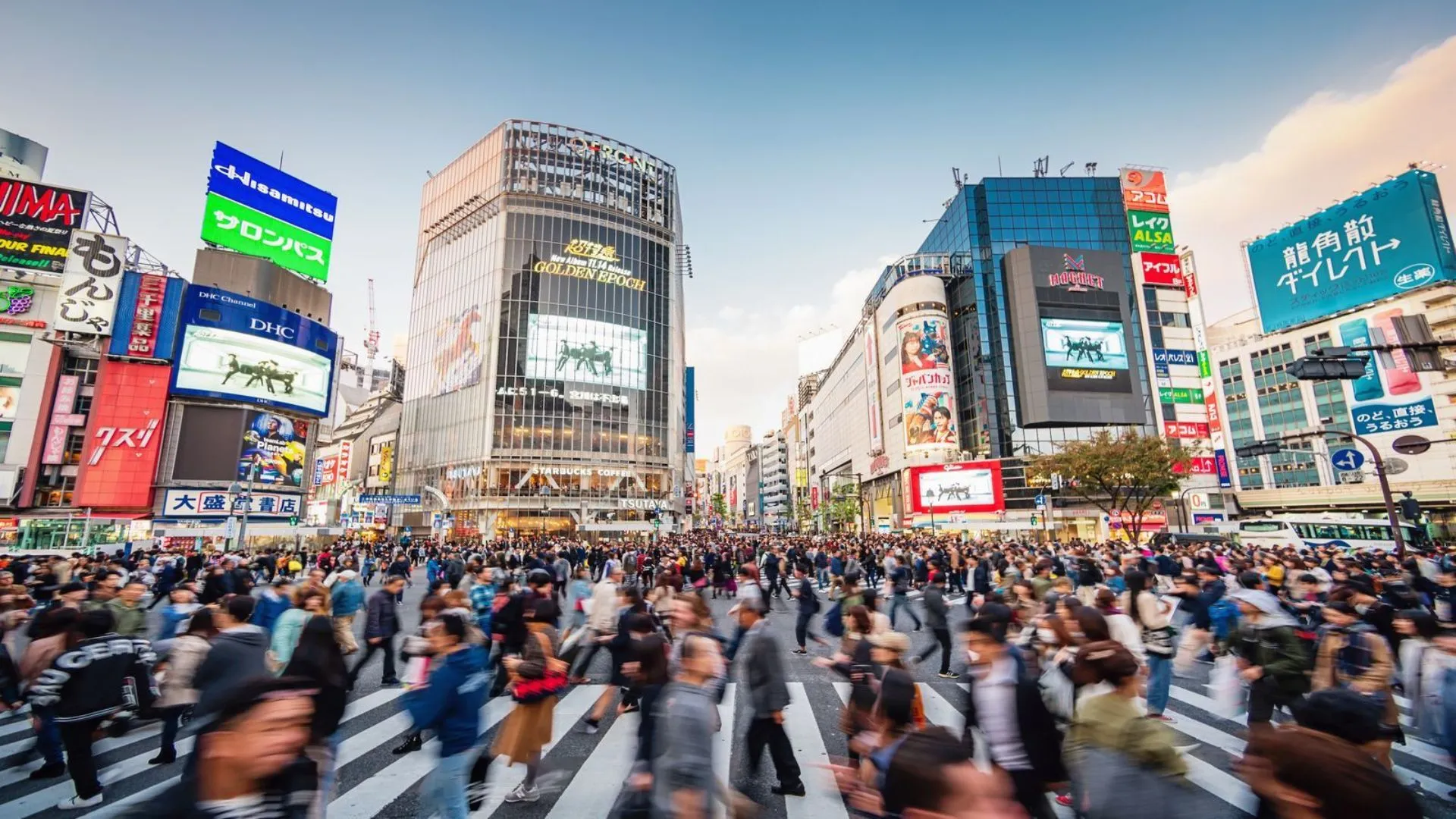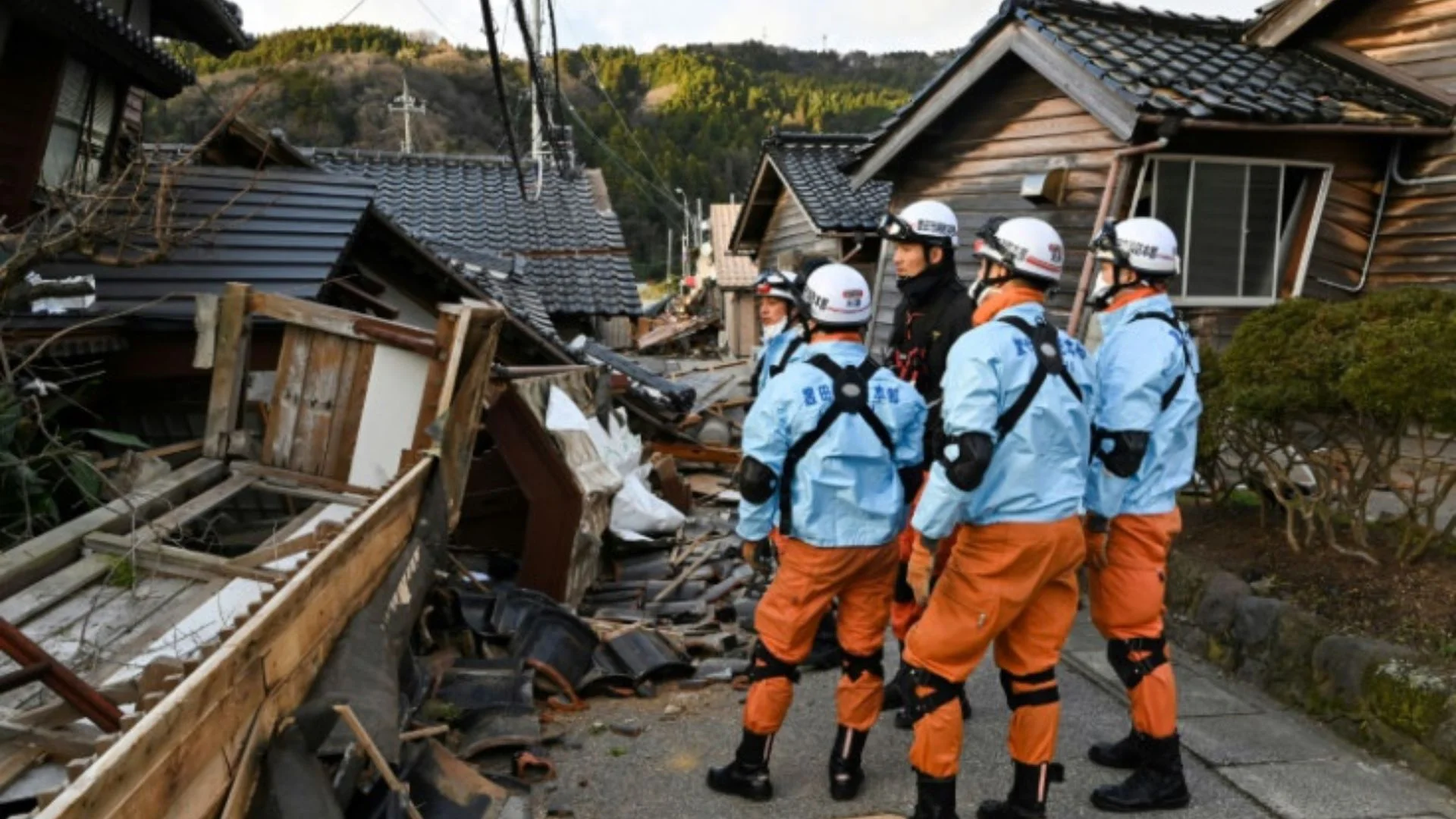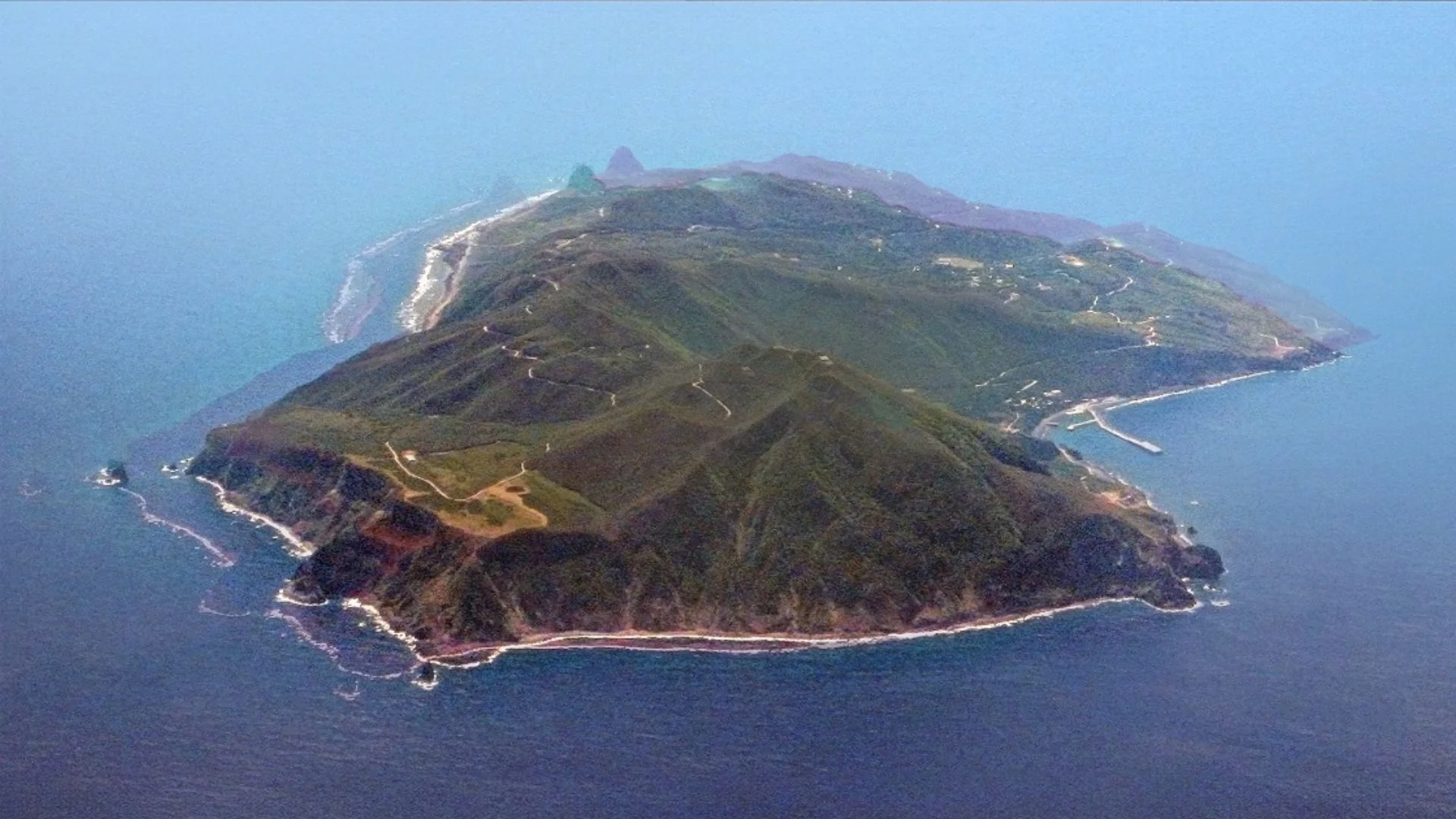Japanese Prime Minister Shigeru Ishiba is on his way to Canada to attend the Group of Seven (G7) summit in Kananaskis, Alberta. He’s expected to meet US President Donald Trump in hopes of ending steep US tariffs on Japanese vehicles.
This meeting, their second in-person, follows a sixth round of trade negotiations held in Washington on Friday. Top Japanese negotiator Ryosei Akazawa met with US Treasury Secretary Scott Bessent and Commerce Secretary Howard Lutnick to explore a possible agreement.
Ishiba Hoping to End Auto Tariff Dispute
Ishiba’s challenge is to convince Trump to withdraw the 25% tariff on Japanese cars. Also, along with a broader 24% tariff, known as the reciprocal tariff, without agreeing to any deal that could damage his support in Japan.
“He spoke to Trump by phone on Friday, but he has to be careful,” said a senior official. “Returning to Tokyo with no deal is politically safer than conceding too much.”
Some analysts believe that a failed negotiation might even strengthen Ishiba’s public image. “If it goes badly, it could even be seen as a positive for Ishiba, standing up to Trump and standing up for his country when he’s under assault,” said Michael Cucek, political science professor at Temple University in Tokyo.
Political Stakes High
The stakes are especially high with upper house elections approaching next month. Ishiba’s ruling Liberal Democratic Party already lost control of the lower house last November. Another poor performance could collapse his coalition government, forcing Trump to restart talks with a new Japanese leader.
“The most important thing is that Ishiba does not cave in for a bad (auto) deal,” said Joseph Kraft, a financial political analyst with Rorschach Advisory in Tokyo. “I expect there will be some kind of deal, although it could be haphazard. Trump needs some good news and I don’t think he has much interest in G7 activities.”
The longer the tariffs stay in place, the more Japan’s economy could suffer. “If you look at the data for car exports to the US for April, it was quite striking. The volume in dollars was down by nearly 5%, but the number of cars has increased a lot,” said Asuka Tatebayashi, senior analyst at Mizuho Bank. “I think the manufacturers are absorbing the cost, and this is not very sustainable.”
Mizuho Research & Technologies warned that the tariffs could cut 0.9% from Japan’s GDP if they remain.

